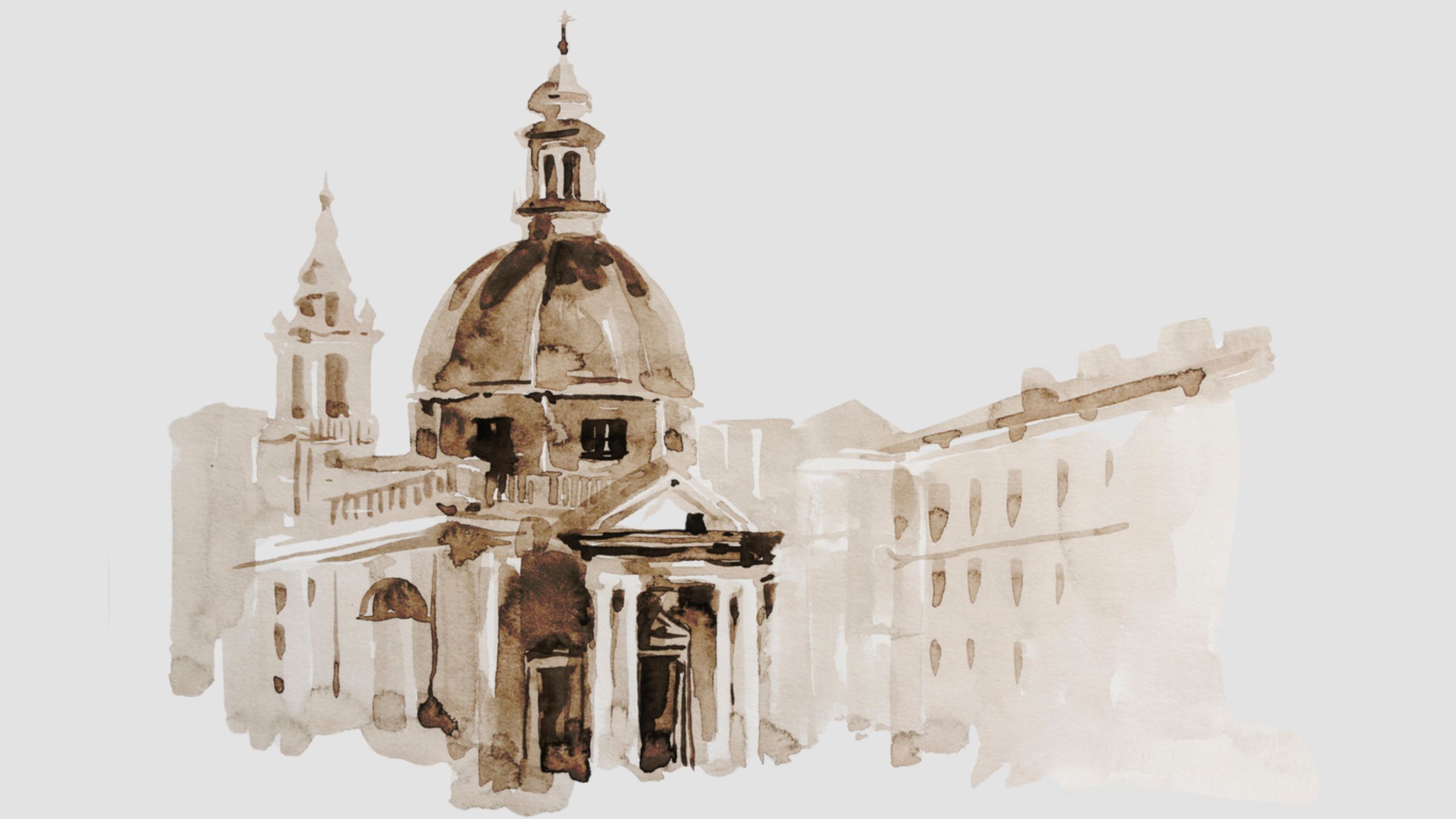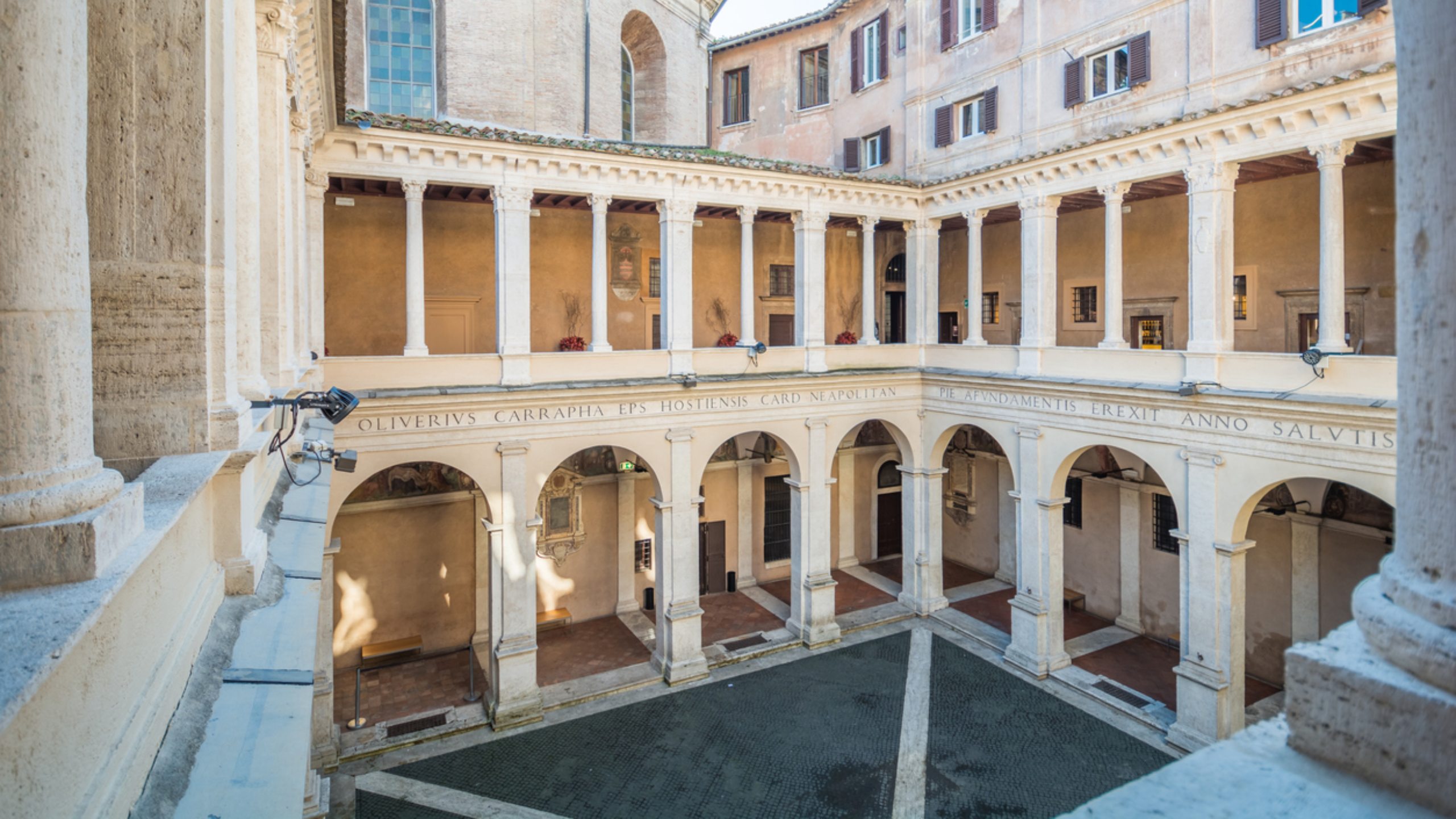
Book now
AVAILABILTY & RATES
Pantheon, an architectural miracle
Once a Roman temple, now a church, the building was completed by the emperor Hadrian around 126 AD.
A miracle in terms of ancient architecture, the Pantheon's dome is the world's largest unreinforced concrete dome. Still today, almost 2000 years after its construction, the breathtaking Pantheon is a remarkable building to see. The spectacular design, proportions, elegance and harmony are a striking reminder of the architecture of the great Roman Empire and this wonder keeps locals and visitors alike in awe with its beauty and magnificence even today.
Here are 10 not commonly facts known about the Pantheon:
1. The word Pantheon is a Greek adjective meaning “honour all Gods”. In fact the Pantheon was first built as a temple to all gods.
2. It is the best preserved Ancient Roman monument. It is a bit of a mystery how the Pantheon managed to survive barbarian raids when all the rest of the Roman monuments had been shattered. It was turned into a church in 609 AD, but the structure itself is way ahead of its time. In fact, the exact composition of the material is still unknown and appears to be structurally similar to modern day concrete. Whatever the reasons are, the Pantheon is the only structure of its age and size that has successfully survived the damage of time and gravity, still intact with all its splendour and beauty.
3. The exact age of the pantheon remains unknown. Roman legend has it that the original Pantheon was built on the very site and was dedicated to Romulus, their mythological founder, after he ascended to heaven from that site. Most historians claim that Emperor Augustus' right hand, Agrippa, built the first Pantheon in 27 BC. It burned in the great fire of 80 AD, was rebuilt by Emperor Domitian, but was struck by lightning and burned again in 110 AD. The Pantheon as we know it today was built in 120 AD by Emperor Hadrian who was passionate with architecture and designed it together with Apollodorus of Damascus, a famous Greek architect of the time who unfortunately was executed by order of the Emperor, because of an argument regarding the design of the temple.
4. The most fascinating part of the Pantheon is its giant dome, with its famous hole in the top (The eye of the Pantheon, or oculus). The dome was the largest in the world for 1300 years and to present remains the largest unsupported dome in the world. Its diameter is 43.30 meters (or 142 ft.) wide (just as a comparison, the United States Capitol dome is 96 feet in diameter) and is in perfect proportion with the Pantheon by the fact that the distance from the floor to the top of the dome is exactly equal to its diameter.
This great architectural achievement was due to the massive weight of the large dome. Roman engineers lightened the dome as much as possible; not only its thickness progressively decreases, but the materials used in the upper part of the dome were lighter with internal spaces within the dome walls. The decrease in thickness has the effect that while the interior of the ceiling is spherical, its exterior is slightly “flattened”. It is larger than the dome of St. Peter’s basilica but since it seems flattened from the outside it is hard to get a full sense of its dimension. The hole (oculus), 7.8 meters in diameter, is the only source of light and is the connection between the temple and the gods above. Rain occasionally falls through it, but the floor is slanted and drains the water when it hits the floor… but in practice, rain seldom falls inside the dome.
5. The Pantheon now contains the tombs of the famous artist Raphael and of several Italian Kings and poets. The marble floor, which features a design consisting of a series of geometric patterns, is still the ancient Roman original. The history of Pantheon was forever changed during the reign of Pope Urban VIII, who melted down every scrap of bronze located upon the ceiling, outraging a great deal of Roman citizens.
6. The 16 massive Corinthian columns supporting the portico weigh 60 tons each. They are 39 feet (11.8 m) tall, five feet (1.5 m) in diameter and brought all the way from Egypt. These columns were dragged more than 100 km from the quarry to the Nile river on wooden sledges. They were floated by barge down the Nile River when the water level was high during the spring floods, and then transferred to vessels to cross the Mediterranean Sea to the Roman port of Ostia. There, they were transferred back onto barges and pulled up the Tiber River to Rome. The Columns support a triangle pediment with an inscription attributing the Pantheon to Marcus Agrippa (“M•AGRIPPA•L•F•COS•TERTIUM•FECIT” meaning “It was built by Marcos Agrippa in his third consulate”). It is the only remaining part from the original temple built by Agrippa and it is believed that Hadrian left it as a gesture of respect to his predecessor when he rebuilt the pantheon.
7. A lighting effect can be viewed on April 21st when the midday sun strikes a metal grille above the doorway, saturating the courtyard outside with light. The Romans celebrated April 21st as the founding date of the city, and the impressive sight of their Emperor standing at the entrance of the Pantheon surrounded by light coming from inside the pantheon might have been seen as something that, in effect, raised their emperor to the level of the gods and invited him in to join them.
8. In the year 609, the Pantheon was the first pagan temple to be transformed into a church and therefore it was saved from being destroyed during the Middle Ages. Today it is a church dedicated to St. Mary of the Martyrs. Nonetheless, it is called the Pantheon by virtually everybody and it seems to exist independent of religious rule but more as a tribute to the past.
9. In front of the Pantheon is the beautiful “Fountain of the Pantheon”. It was designed by famous architecture Giacomo Della Porta in 1575 and sculpted out of marble by Leonardo Sormani.
In 1711, Pope Clement XI requested that the fountain be modified and had Filippo Barignoni design a new layout, which included a different basin, made of stone, and the obelisk of Ramses II set in the centre on a plinth with four dolphins decorating the base.
10. When Michelangelo saw this wonder for the first time, he said that it looked more like the work of angels, not humans.
This is only one of the architectural wonders of Rome, within a brief walking distance from Eitch Borromini.
Discover Rome and its wonders, right around the corner from our luxury suites.






